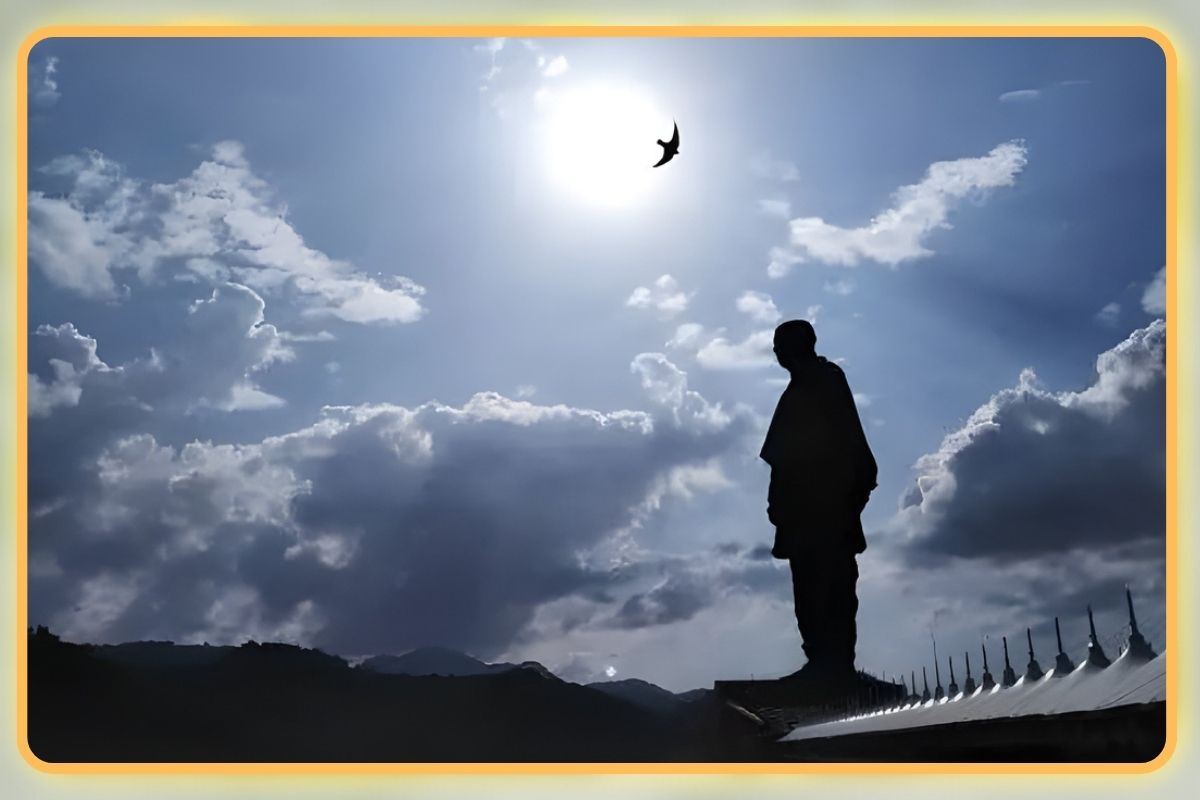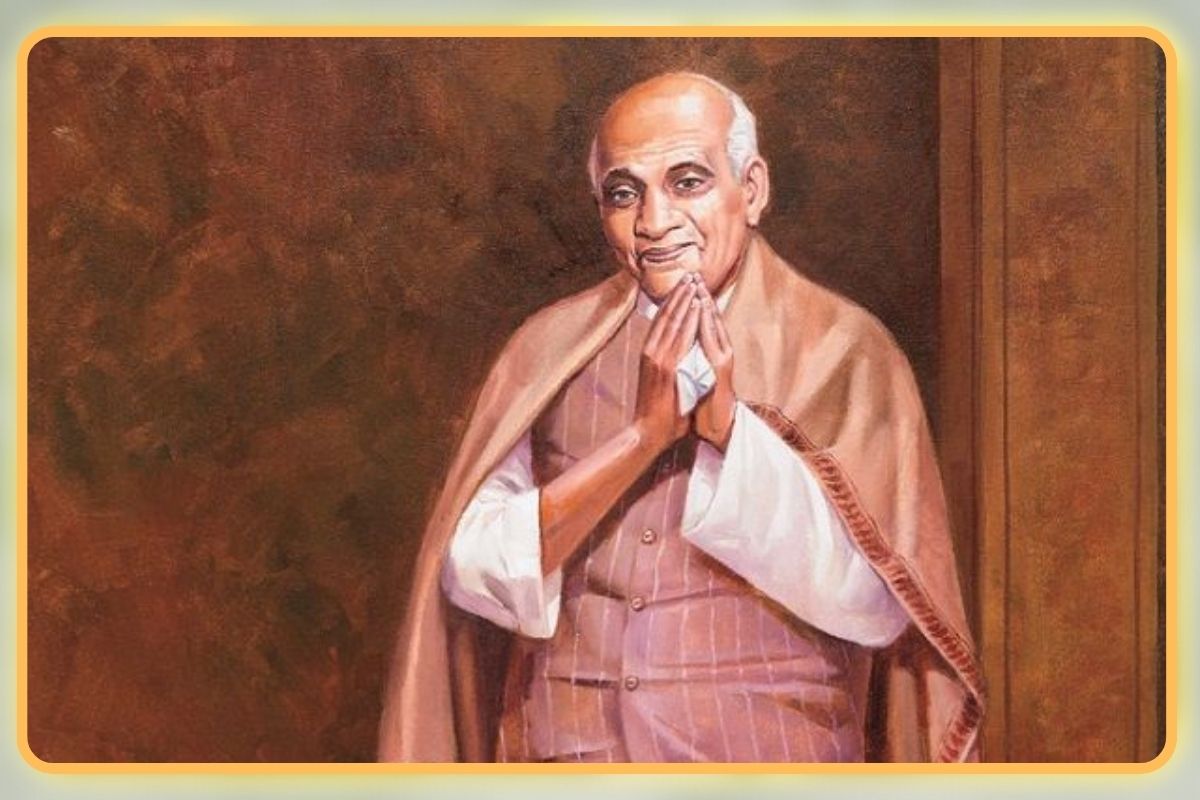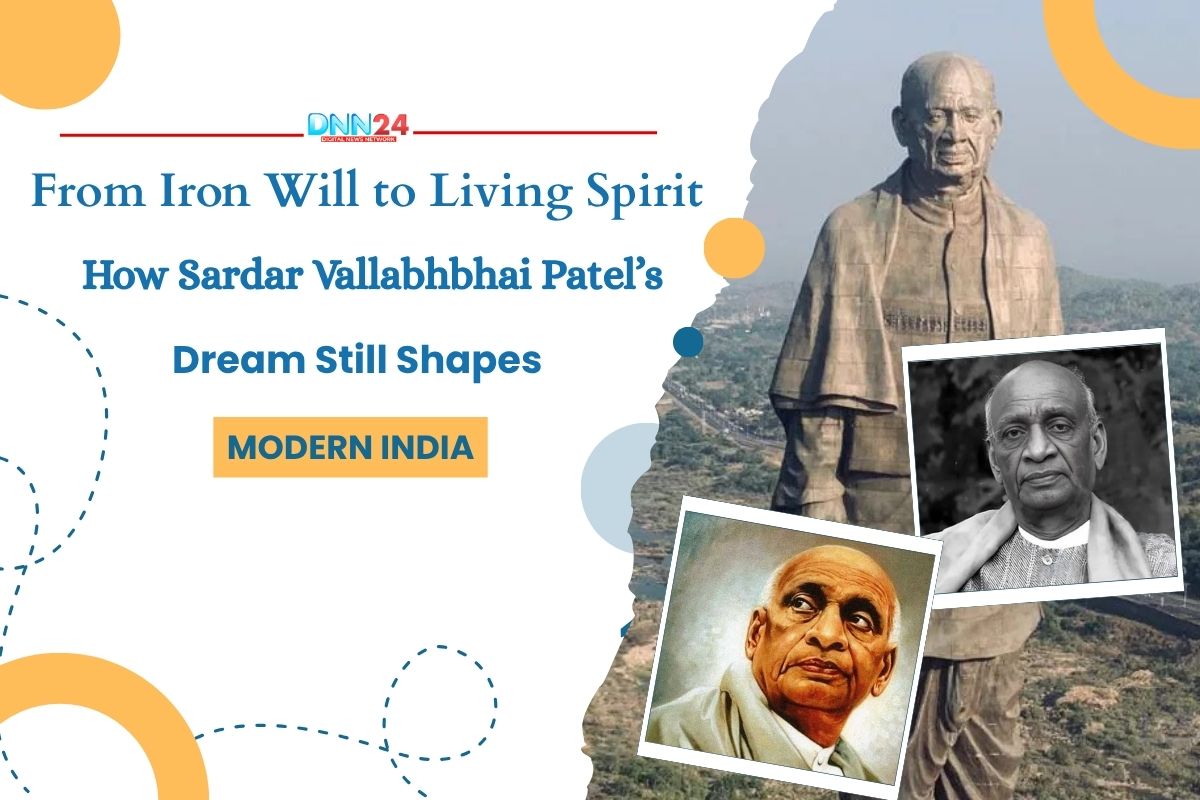History remembers few statesmen who turned vision into an enduring legacy. Sardar Vallabhbhai Patel was one such titan, a man whose clarity of purpose transformed a continent-sized idea into a living nation. When India was born in 1947, it wasn’t a single entity but a jigsaw of princely states, regions, and provinces. The British had left behind not one India, but many Indias, divided by geography, power, and suspicion. Amid this uncertainty, Patel saw not fragments but a possibility: a nation that could hold together through shared destiny.
The Iron Will That United a Continent
Appointed Deputy Prime Minister and Home Minister, Patel worked relentlessly to bring over 560 princely states into the Indian Union. His diplomacy with kings, nawabs, and maharajas was a masterclass in negotiation, a blend of persuasion, pragmatism, and principle. He convinced rulers like those of Mysore, Bhopal, and Gwalior to accede through goodwill; he resolved the Hyderabad crisis through swift action; he ensured the annexation of Junagadh through the will of its people. Patel’s success was not merely administrative; it was civilization. In just two years, he stitched together the fabric of a nation that might otherwise have torn itself apart.

The Philosophy of Unity in Diversity
Patel’s understanding of India’s essence was profound. He saw its diversity not as disorder, but as divine design. He believed that India’s many faiths, languages, and traditions were like rivers flowing into one ocean.
He once said, “India has to live as one family, with all its children equal before her.”
That philosophy is visible in India today, where hundreds of languages are spoken, yet the national anthem unites every voice; where temples, mosques, and churches stand within streets of one another; where the same sky shelters every difference. This cultural inclusivity is Patel’s greatest legacy, one that still shields India from the centrifugal pulls of division.
The Guardians of Unity: Police and CAPFs
While Patel united the country in spirit and structure, his legacy lives daily in the men and women who protect it, India’s Police Forces and Central Armed Police Forces (CAPFs). From patrolling international borders to defusing internal conflicts, they are the modern custodians of Patel’s India. Their discipline and sacrifice uphold what Patel called the “life-blood of the nation, internal peace.”
It was Patel who envisioned the IAS and IPS as impartial, merit-driven institutions that would serve the Constitution above all else. Today, these services remain the administrative pillars that ensure continuity and stability in an ever-changing political landscape. When floods strike, when unrest erupts, when terror threatens, it is these forces that stand between chaos and calm. In them lives Patel’s belief that unity must be guarded not only by ideals, but by action.
Women: The Silent Architects of Belonging
Beyond the battlefield and bureaucracy lies another kind of unity, the emotional and cultural one that binds society. And here, women have been India’s most enduring ambassadors of togetherness. Through festivals, music, art, and storytelling, they bridge divides between communities. When women gather for Rangoli during Diwali or sing Sufiana kalams at weddings, they are not just celebrating; they are reaffirming India’s pluralism.

Patel’s idea of nationhood rested on harmony, and women, through their empathy and social influence, have been its quiet guardians. They hold together what politics sometimes strains, the sense of belonging that turns a crowd into a community.
A Legacy Revived: The Statue of Unity and Beyond
Decades later, Patel’s dream continues to find fresh resonance in Prime Minister Narendra Modi’s vision of a cohesive, confident India. The Statue of Unity, inaugurated in 2018 in Kevadia, Gujarat, is not merely the world’s tallest statue; it is the tallest expression of gratitude. Towering at 182 metres, it stands as a metaphor for Patel’s towering role in India’s creation.
The Rashtriya Ekta Diwas on October 31, Patel’s birth anniversary, has become a nationwide movement. Millions participate in the Run for Unity, the Ekta Parade, and cultural showcases that celebrate India’s diversity under one tricolour. Government initiatives like “Ek Bharat Shreshtha Bharat” promote inter-state partnerships, allowing people from Tamil Nadu to explore Assam, or from Punjab to experience Odisha, strengthening emotional integration across linguistic and cultural lines.
In governance, too, Patel’s philosophy of cooperative federalism remains central. The belief that India’s Centre and States must function as partners, not competitors, lies at the core of India’s development model today.
The Eternal Flame of Unity
Patel’s ideals resonate even more powerfully in today’s fractured world. When polarisation and identity politics divide nations, Patel’s India offers an alternative, a society held together by dialogue, diversity, and shared destiny. He understood that unity cannot be legislated; it must be cultivated through fairness, justice, and empathy. He believed that no government could hold together a divided people, but a united people could overcome any failing government. That belief turned into India’s greatest strength.
A Living Legacy
Patel’s contribution to India is not confined to history books; it lives in every police station, every school, every corner of this country. His integration of states made India possible; his vision of equality keeps India peaceful; his administrative legacy makes India governable. As Nehru once said, “History will call him the builder and consolidator of new India.”
Today, every soldier on the border, every woman lighting a lamp, every child saluting the flag, continues Patel’s silent revolution.
“Every Indian should forget that he is a Rajput, a Sikh, or a Jat. He must remember that he is an Indian.” – Sardar Vallabhbhai Patel
That simple truth remains the cornerstone of our Republic.Patel united India once. It is now our collective duty to keep it united, in spirit, in empathy, and in purpose.
About the Author:

Bhaavna Arora is a bestselling Indian author celebrated for her insightful books on the Indian Armed Forces. Distinguished by her meticulous research and direct on-field reporting, her works offer authentic narratives of bravery, sacrifice, and duty. Arora’s storytelling combines real-life accounts with engaging prose, shedding light on the lives of soldiers and their families. Her writing resonates with readers seeking an in-depth, evocative portrayal of military life in India, establishing her as a prominent voice in this genre.
Also Read: Ibn-e-Insha: The Urdu Writer Who Turned Laughter Into Literature
You can connect with DNN24 on Facebook, Twitter, and Instagram and subscribe to our YouTube channel.

